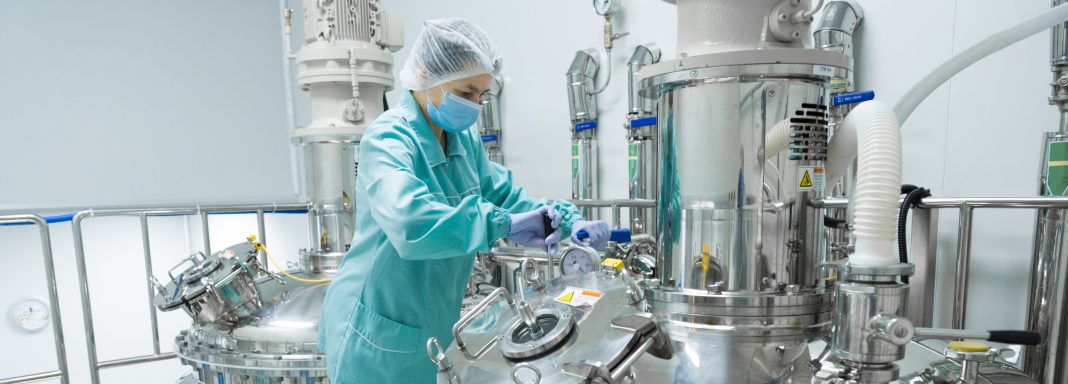Collaboration on common manufacturing challenges would benefit the cell and gene therapy sector, according to industry groups.
Initial coverage of cell and gene therapies has focused on how effective they were and how much they cost. In recent months, the discourse has expanded to include discussions of product quality and manufacturing.
Cell and gene therapies are hard to make. Raw material limitations, the need for sterility, and industry’s reliance on a limited pool of contractors are among the challenges most often cited.
In 2018, for example, the Alliance for Advance Biomedical Engineering said a lack of viral vector capacity could stifle development of promising therapies. Similar concerns were voiced by Bioplan Associates in 2017.
Manufacturing challenges
These challenges are the tip of the iceberg, according to Michael Lehmicke, director, science and industry affairs at the Alliance for Regenerative Medicine. “You could write a book on this topic,” he said.
“Viral vector production capacity is a big issue. Many talented people are working on expanding capacity by building facilities and also improved manufacturing methods, such as suspension culture, [and development of] stable producer cell lines.”
But there are also product-specific difficulties, said Lehmicke, citing the logistics involved in making patient-specific cell therapies as an example.
“As far as cell therapies go, specifically autologous CAR-T, the processes are still mostly highly manual, at least partially open, and subject to logistical constraints related to transport of the cells. All of these drive up cost,” he explained.
In theory, building sealed production lines from modular and single-use technologies should ease the manual handling bottlenecks. However, current monitoring systems do not provide the range of data needed for fully hands-off manufacturing, according to Lehmicke.
“People talk about automation, and this is correct, but to make automation work really well better process analytical technologies are needed. We need to know what to measure and have the tools to measure it,” he said.
Collaboration
Early monoclonal antibody developers faced similar challenges as they moved lab-scale processes to the factory floor.
The range of methods and technologies used to manufacture early mAbs made it difficult to develop standards and quality benchmarks. To address this—in 2009—a coalition of drug firms teamed up to look at how quality principles set out in ICH guidelines Q8(R2), Q9, and Q10 could be applied to mAb production—the A-mAb project.
The efforts were effective, according to Lehmicke, who added that cell and gene therapy developers should take note.
“In the mAb space, for example, one thing that drove progress was the A-mAb project, a cross industry effort which produced a best practice case study,” he eplained. “Inspired by this success, at ARM we are currently working on the A-Gene and A-Cell projects with our members.”
He explained that the projects—which cover AAV vector and cell manufacturing—aim to help cell and gene firms improve standards and find the right balance between competition and collaboration.
Supportive ecosystem
Steve Baker, chief executive of the UK biopharma industry group BIA, agreed that collaboration is vital for growth in the cell and gene therapy sector. Greater interaction is needed to “support scientific research to develop and advance both cell and gene therapies and ancillary processes, including manufacturing and scale up,” Baker said.
Government and regulatory backing is also needed, he added.
“As with any innovation, the need for cell and gene therapies risks outpacing society’s and government’s capacity to adopt them. The UK needs the right infrastructure, talent, and regulation in place to continue to be a leader in this space,” noted Baker. “We need the commitment from all parts of the ecosystem to address potential barriers to the growth of the industry and to ensure that these treatments reach patients who will benefit from them.”
For Lehmicke it is a capacity issue. “Regulators are doing a good job but are resource constrained, which is perhaps something that Governments should address,” he said.


